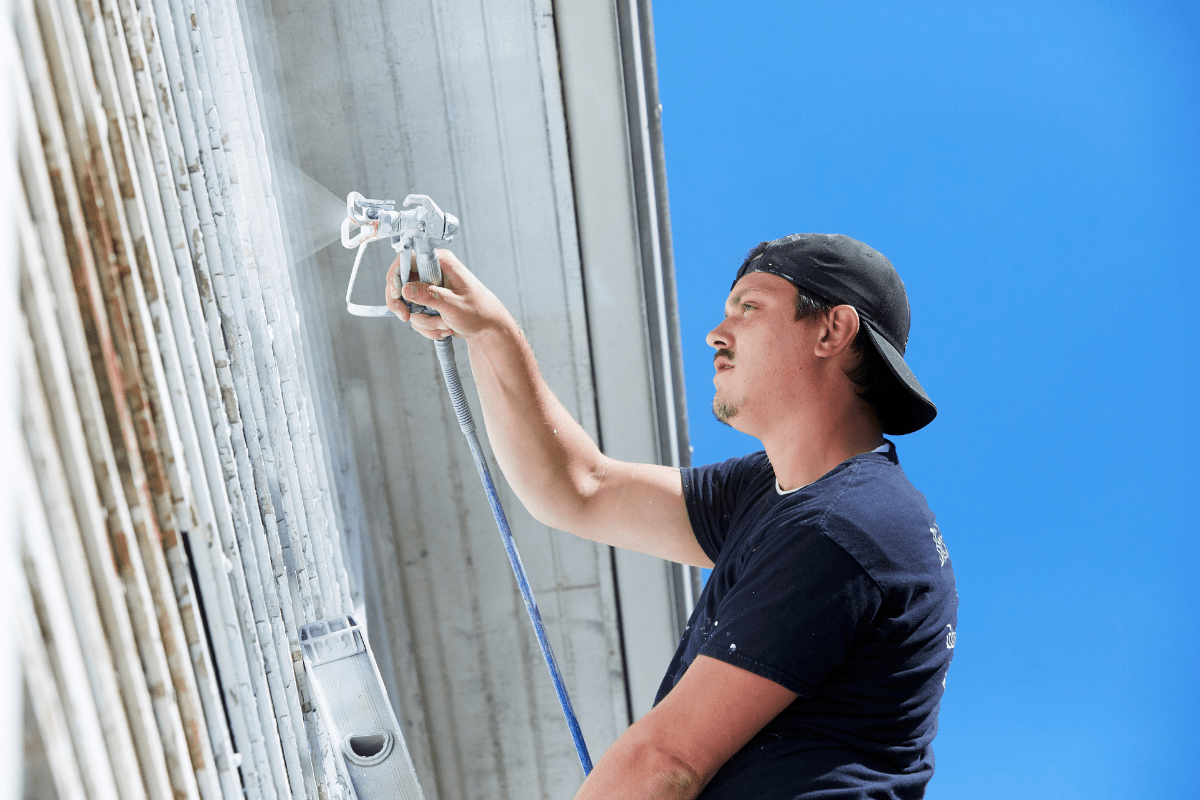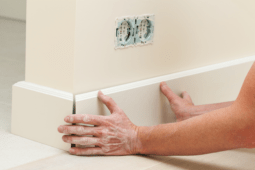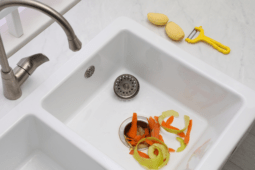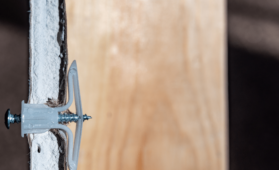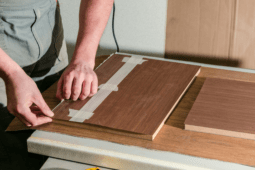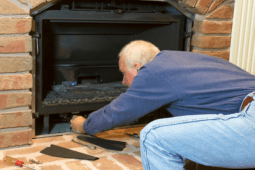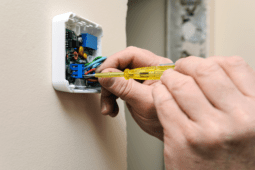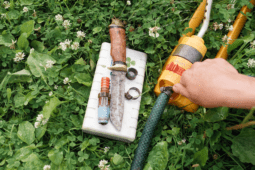How To Decide On The Right Paint For Your Home’s Exterior
The exterior of a home is the first thing that people see, so it’s important to make sure it looks great. One of the best ways to give your home a fresh new look is by painting the exterior, however, selecting the right paint can be a daunting task.
There are a lot of factors to consider, such as the material of the surface you’re painting, the weather conditions in your area, and the overall look you’re trying to achieve. With so many choices available, it’s easy to get overwhelmed but we’re here to help! We’ll break down everything you need to know about selecting the right paint for your home’s exterior.
Choosing the right paint for your home’s exterior is an important decision that can affect the overall look and feel of your property. Here are some essential steps to follow when selecting the right paint for your home’s exterior.
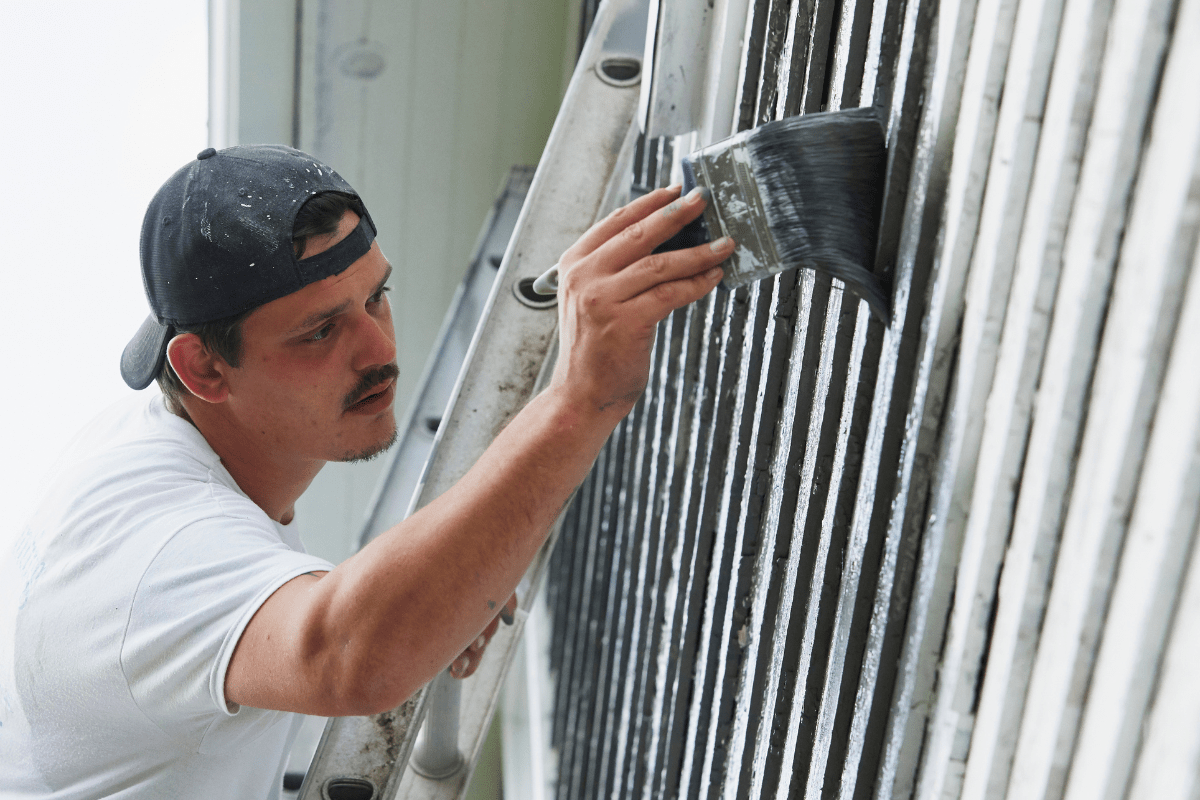
Consider the Climate
Different weather patterns can affect how your paint job will hold up over time. For example, if you live in an area with heavy rainfall, you should choose a paint that is resistant to water damage. Similarly, if you live in a sunny area, you should choose a paint that is resistant to UV rays.
Follow us for more great content
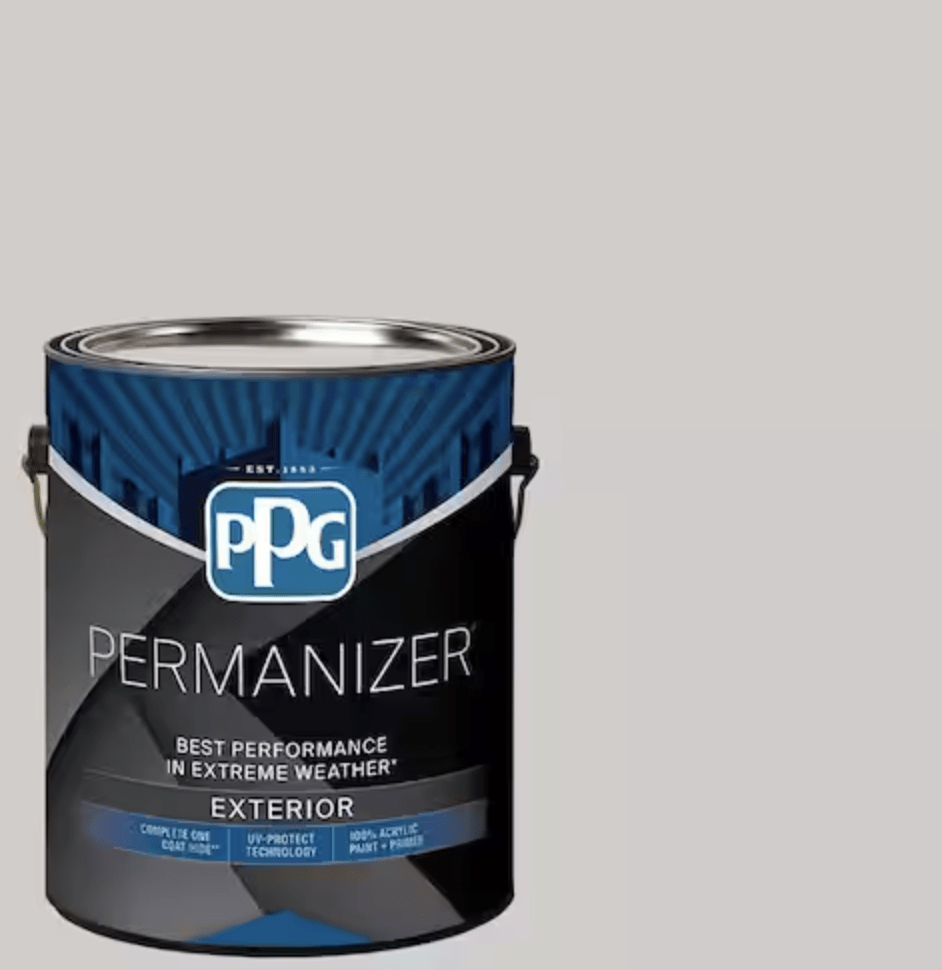
Choose the Right Color
The color of your paint can have a significant impact on your home’s curb appeal. Choose a color that complements your home’s architecture and blends well with the surrounding landscape. It’s also important to consider the color of neighboring homes to avoid clashing.

Choose the Right Finish
The finish of your paint can affect its durability and appearance. Glossy finishes are more durable and easier to clean, but they can also show imperfections in the surface. Matte finishes are less durable but can hide surface imperfections and provide a more subtle look.
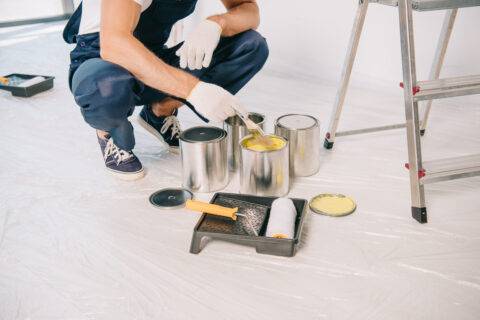
Consider the Type of Surface
Different types of surfaces require different types of paint. For example, wood surfaces require a paint that is flexible and can expand and contract with changes in temperature and humidity. Metal surfaces require a paint that is resistant to rust and corrosion.
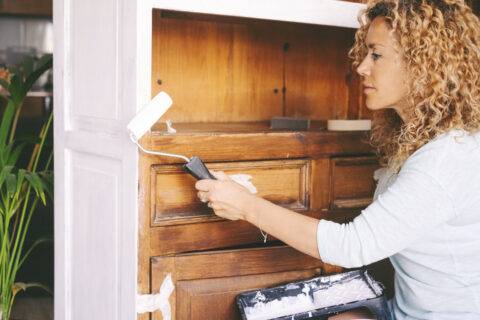
Choose a Quality Paint
Investing in high-quality paint can save you time and money in the long run. High-quality paints are more durable, require fewer coats, and provide better coverage. They also tend to have a longer lifespan, which can save you money on future paint jobs.
By following these steps, you can ensure that you select the right paint for your home’s exterior. A well-chosen paint can enhance your home’s curb appeal, protect it from the elements, and increase its overall value.
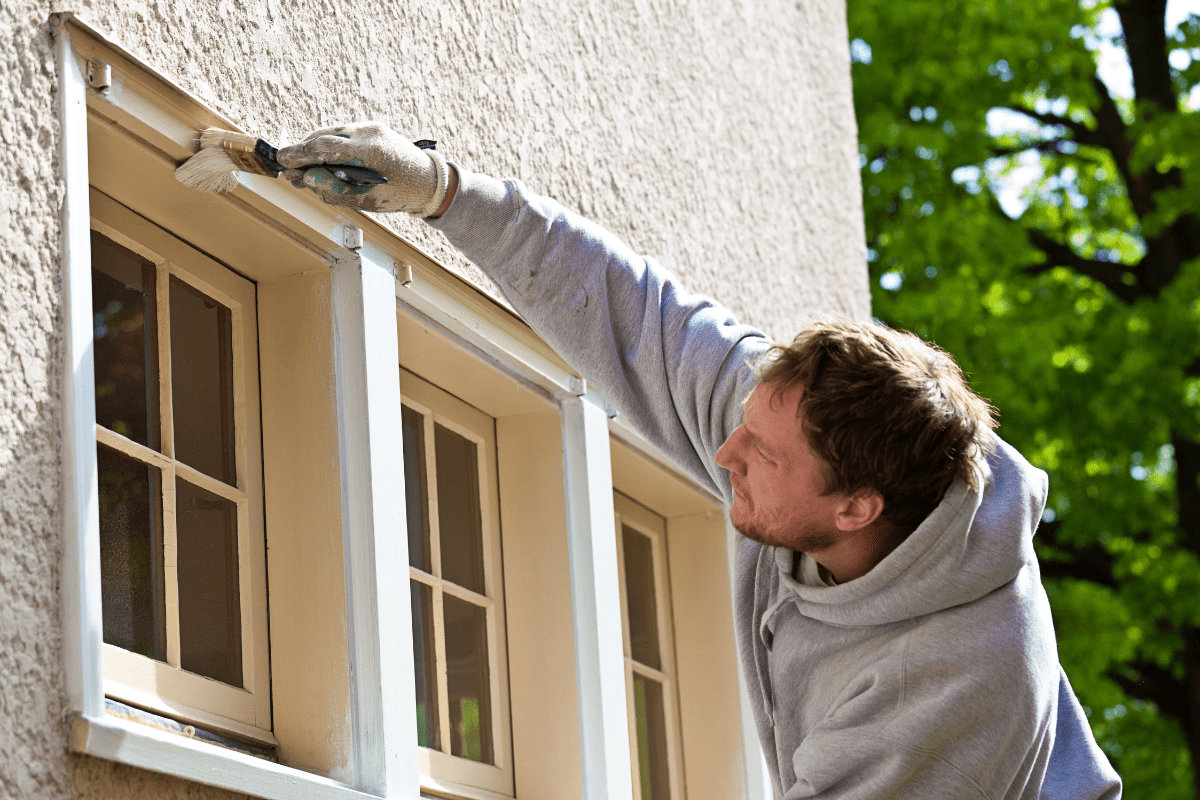
How to Prepare Your Home’s Exterior Before Painting
Preparing your home properly before painting the exterior is crucial for achieving a professional-looking, long-lasting paint job. The following steps will help you prepare your home for a successful exterior paint job.
First, start by cleaning the exterior surfaces of your home. This can be done using a pressure washer or a scrub brush and a solution of water and detergent. Removing dirt, debris, and mildew will ensure that the paint adheres properly to the surface and will help prevent future peeling or flaking.
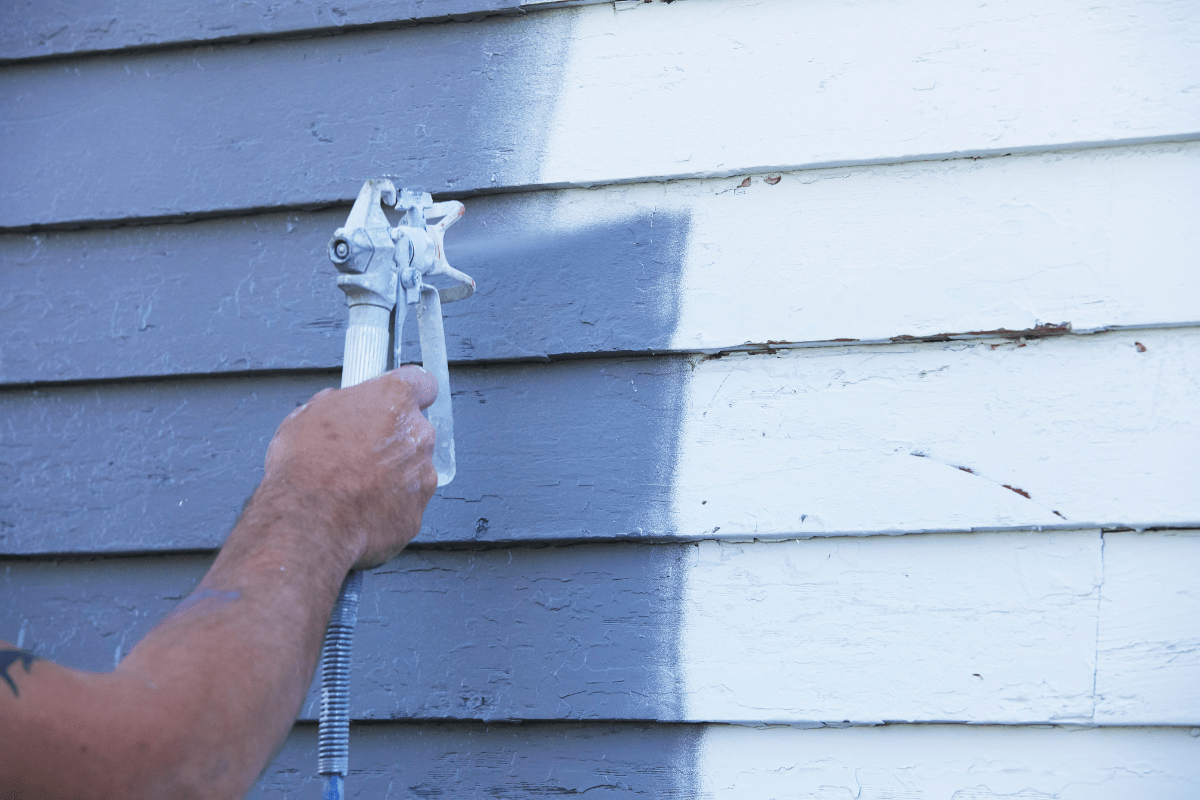
Next Step
Next, inspect the exterior surface for any damage, such as cracks, holes, or rotting wood. These issues need to be repaired before painting, as painting over damaged areas will only exacerbate the problem. Use wood filler or caulk to fill in small holes or cracks, and replace any rotted or damaged wood.
After repairing any damage, it’s important to properly prime the surface before painting. This will ensure that the paint adheres properly and will help prevent future peeling or cracking. Use a high-quality exterior primer that is appropriate for the surface you are painting, such as wood, metal, or masonry.
Once the surface is cleaned, repaired, and primed, you can begin painting. Be sure to choose a high-quality exterior paint that is appropriate for the surface you are painting. Follow the manufacturer’s instructions for application, and be sure to use a high-quality brush or roller for the best results.
When painting, start at the top of the house and work your way down, applying the paint evenly and avoiding drips or streaks. Be sure to apply two coats of paint for maximum durability and longevity.
Finally, clean up any paint spills or drips immediately to prevent them from drying and becoming difficult to remove. Dispose of any paint and paint-related materials properly, according to your local regulations.
